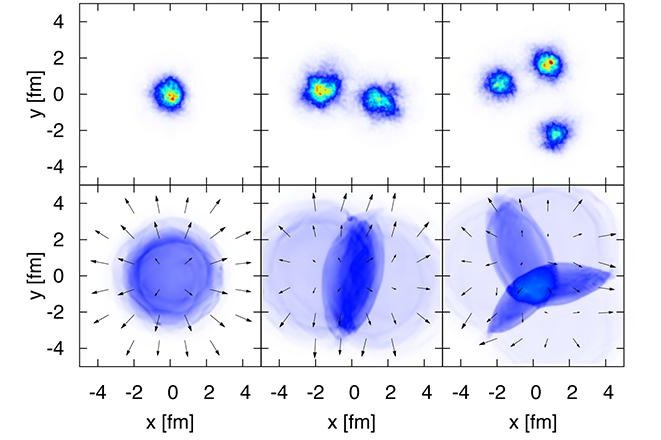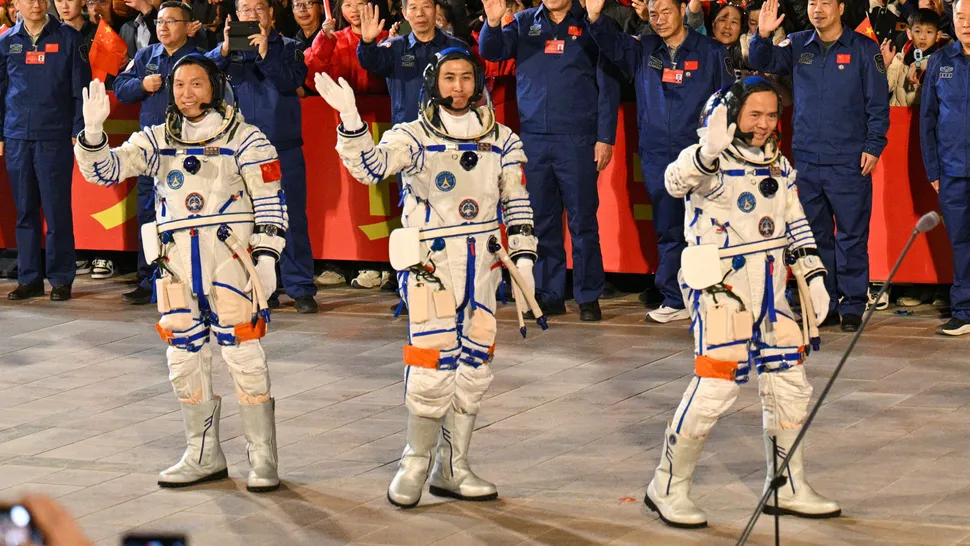 he Relativistic Heavy Ion Collider just spit out tiny droplets of a liquid researchers say resembles the seeds of the cosmos, a primordial goo created by the Big Bang, which existed only briefly before cooling into the matter that helped birth stars, galaxies and planets.
he Relativistic Heavy Ion Collider just spit out tiny droplets of a liquid researchers say resembles the seeds of the cosmos, a primordial goo created by the Big Bang, which existed only briefly before cooling into the matter that helped birth stars, galaxies and planets.
Scientists have reported seeing the tiny liquid droplets before, but this time, researchers got a better look at the production process.
What researchers are calling quark-gluon plasma, or QGP, is the product of a collision between helium-3 nuclei and gold ions. When these particles come into contact at high speeds under the right conditions -- extreme temperatures and densities, unfriendly to regular matter -- the product is a "perfect liquid."
The RHIC experiments were carried out by high-energy physicists at the U.S. Department of Energy's Brookhaven National Laboratory, in Upton, New York. Sensors at the lab were able to detect a three-point triangle-like spread of scrambled particles. Within the mess of the collision, the three hotspots revealed the new liquid, with particles behaving not at random, as a normal liquid would, but in perfect coordination.


 Three more Chinese astronauts, or taikonauts, are now marooned in space following the successful return of...
Three more Chinese astronauts, or taikonauts, are now marooned in space following the successful return of...

 Susumu Kitagawa, Richard Robson and Omar M. Yaghi are awarded the Nobel Prize in Chemistry 2025...
Susumu Kitagawa, Richard Robson and Omar M. Yaghi are awarded the Nobel Prize in Chemistry 2025...






























